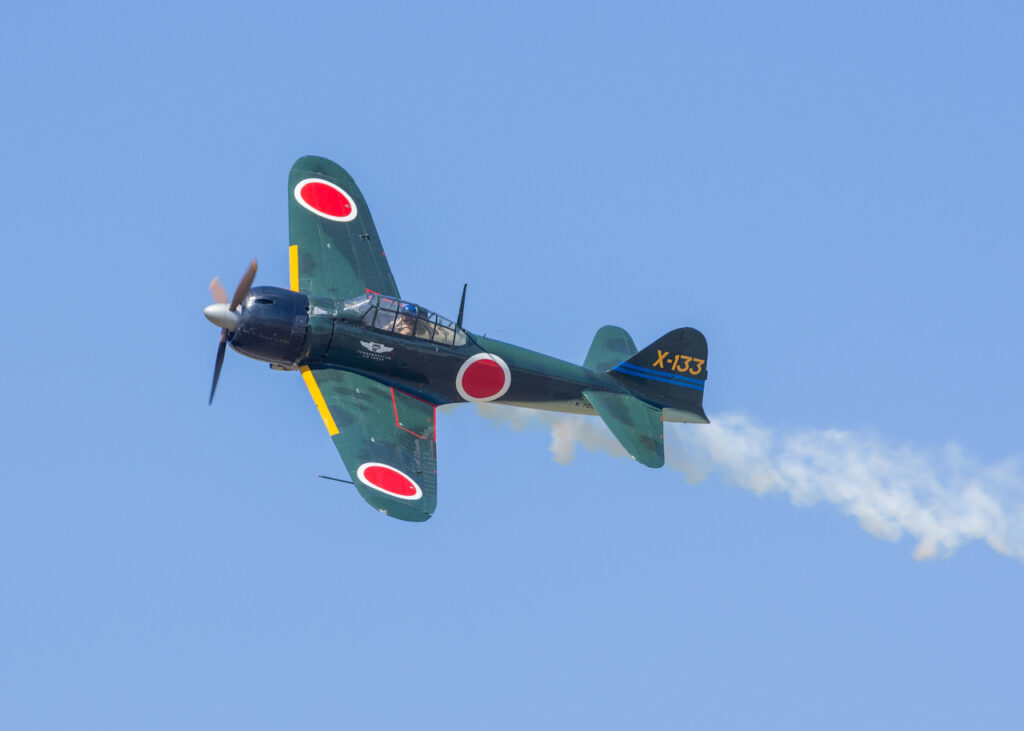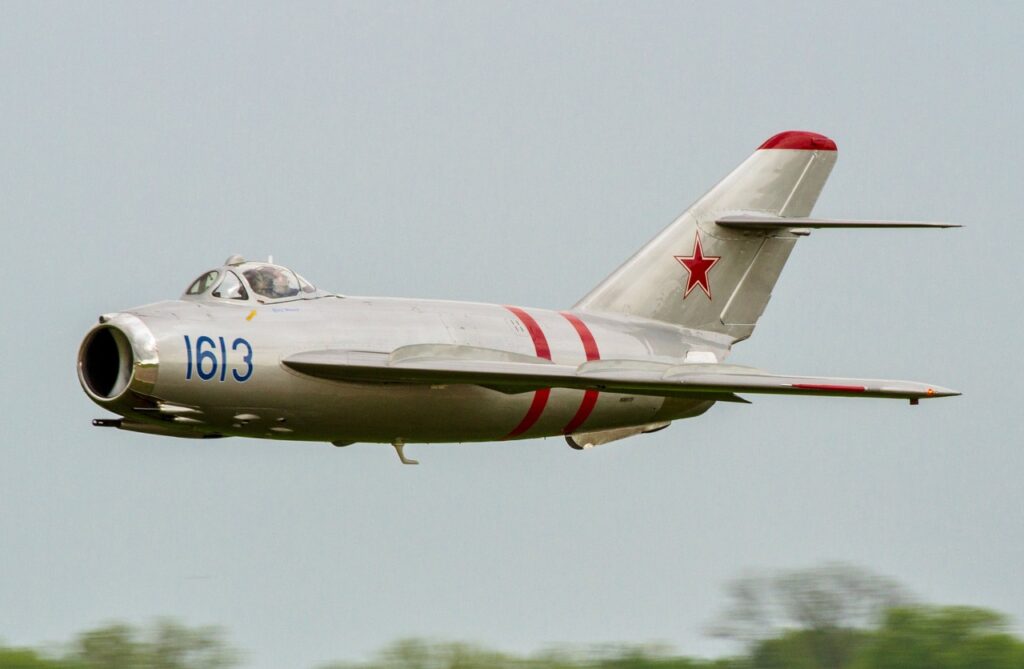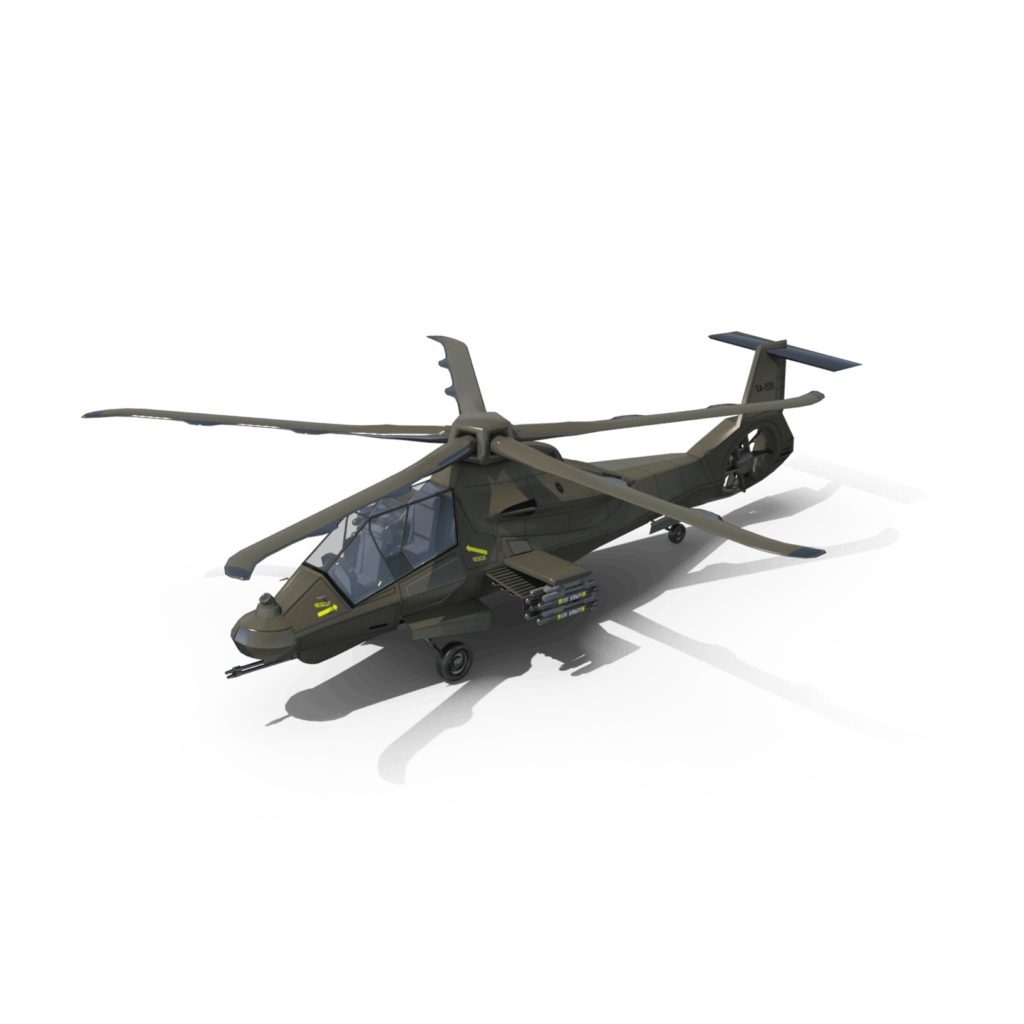
How China Has Toughened Up the Pakistani Military
Here’s What You Need to Know: While the Pakistani military has long relied on the Pakistan Air Force for air defense, the Pakistan Army has acquired the Chinese HQ-16 medium-range surface to air missile (SAM) for the defense of its formations on the ground.
As Pakistan’s relationship has soured with the United States in the past two decades, Pakistan’s armed forces have largely looked towards Chinese suppliers for equipment. While China has long supplied Pakistan’s armed forces, the relationship has deepened in recent years, with Pakistan making major purchases of top-of-the-line Chinese export equipment.
Here are some of the most powerful weapons China has sold or licensed to Pakistan.
1. Nuclear Weapons Program
The acquisition of nuclear weapons in the 1990s is considered to be one of the largest failings of the nuclear nonproliferation regime. But, it is widely said that China provided significant assistance to the Pakistani nuclear weapons program (in addition to the A.Q. Khan’s espionage). China is alleged to have provided missile components, warhead designs, and even highly-enriched uranium. The political motive behind this is clear, Pakistan acts as an effective foil against growing Indian regional ambitions. But it is clear that nuclear assistance is the most deadly example of Chinese/Pakistani defense cooperation.
2. JF-17 Fighter
The JF-17 fighter is the new premier multirole fighter of the Pakistan Air Force, supplanting the position previously held by American F-16Cs. Featuring integration with a wide variety of air-to-air and air-to-ground munitions, including active radar air-to-air missiles and air-launched cruise missiles, the JF-17, while a “budget” aircraft brings a lot of modern capability and modern ergonomics for its cost. While it would probably lose a dogfight to Indian Su-30MKIs due to inferior thrust-to-weight ratio and turn rate, in the beyond visual range arena, the JF-17 could prove to be tough opponent, especially given the Indian aircraft are said to have issues locking on at range with their first-generation R-77 missiles.
3. A-100 Multiple Rocket Launcher
Multiple rocket launchers (MRLs) are some of the deadliest artillery systems on the battlefield. Combat experience in the Donbass has proven that MRLs can wipe out entire units if they remain static and unprepared. The A-100 is one of the latest MRL systems, reaching operational capability around 2,000. The first units were sold to Pakistan by China around 2008, since then Pakistan has built facilities to indigenously produce rockets for the system. Long-range MRLs are fielded by both India and Pakistan, with Indians fielding the Soviet/Russian BM-30 Smerch MRL. Rocket artillery could incur massive casualties in rear areas in the opening stages of a conventional conflict, as such both MRL systems are considered to be key parts of conventional deterrence strategies for India and Pakistan.
4. VT-1A
The VT-1A, alternatively known as the Al-Khalid or MBT-2000 is one of the more capable tanks in the region. Designed as a joint project between Pakistan and China, the design was practically clean slate. Production tanks have thermal gunner’s sights, a panoramic commander’s sight, and a 125mm gun. While not up to the standard of modern Russian or Western tanks, the VT-1A is more than capable of combating the T-72Ms that form the bulk of the Indian tank forces. However, the more advanced T-90S may pose issues to the VT-1A. However, Pakistan is considering acquiring the VT-4, China’s further development of the VT-1A design.
5. HQ-16
While the Pakistani military has long relied on the Pakistan Air Force for air defense, the Pakistan Army has acquired the Chinese HQ-16 medium-range surface to air missile (SAM) for the defense of its formations on the ground. A deep modernization of the Russian Buk SAM, the HQ-16 utilizes vertical launch and containerized missiles to enhance reaction times. HQ-16 batteries are also said to be highly mobile, allowing them to avoid artillery and SEAD/DEAD attacks. Pakistan is also in negotiations to buy the longer ranged Chinese HQ-9 system, a Chinese analog to the Russian S-300 long-range SAM.
Charlie Gao studied Political and Computer Science at Grinnell College and is a frequent commentator on defense and national security issues.
This article first appeared in 2019.
Image: Reuters


